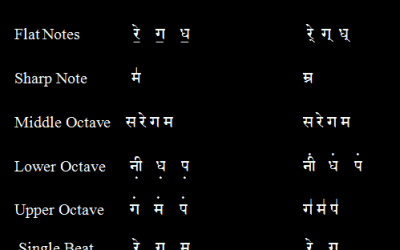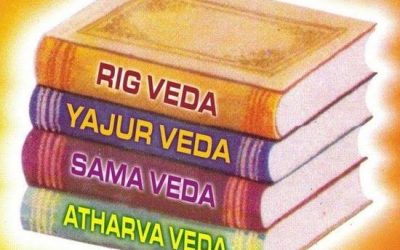What is Modern Alap
In Modern Music, under ancient fixed and unfixed songs, only one part under unfixed songs is in the publicity and that is ‘Alap‘. Alap-singers were often whose voice was attractive and raga-knowledge were of a high order. This is how their singing was beautiful and catchy. But now even Khayal singers are seen and producing beautiful Alaaps.
There are two ways in the present time of doing Alap: 1. By ‘Nom-tom’, 2. By ‘Akaar’. ‘Nom – Tom’ is followed by the words alap ta, na, na, ri, non, naare, neneri, tanana, netom, nana, etc. and ‘akaar’ is followed by the pronunciation of alassss 5. Alap is better in ‘Nam-tom’ than it is by Akaar, because it has a good facility to show even at someplace in the middle.
The ritual of M-Tom is said to be impaired by the antiquity of ancient times and Alaap is the spoiled version of God worship only. The ancient singers used to pray to God – Vandana, Anant Hari, etc. through Alaap. Later only the magic of Sawara remained and words were used as a substitute only.
Singers often divided Alaap into four parts
- Sthaai,
- Antara,
- Sanchari
- Abhog
Sthaai
First, let’s play the part of Sthaai. So by putting the Shadaj in Vaadi Swara, Alap moves in Purvang showing the importance of the vocal voice. Initially by adding some Swaras in main swara samudaay and they go to the Madhayam, Pancham, dhavaat and nishad, then touch the Tar-Shadaj and come down to the Madhyam-Shadaj to finish the Sthaai.
Antara
Antara then starts with the Gandhara or Pancham Swara of the middle-octave and after reaching higher Octave by showing a variety of works, placing different tans end there in different ways, then by slowly – descending we come to meet Mathyam-Shadaj. There is a lot of mesh and vibration work which is also seen.
Sanchaari
The third part comes of Sanchaari. It is usually started with any of the Swaras ‘sa, ma, pa’ and ends on either Ma-Pa or Ma-Sa. Because in Sanchaari, often the higher-octave works are not shown. Use of gamak is more visible in sancharis. Because in Sanchaari, the repetition of the Sthaai part also becomes modified.
Abhog
The extension of Abhog is often the same as the expansion of Antara. So it can be used with all three octaves and the singer of the higher-octaves can sing as high as the throat of their neck. The rhythm becomes very fast in it.
Speed of Rhythm in Alaaps
The tempo in each of the four parts of Alaaps works in the following way :
- In Sthaai, tempo stays at a slower speed in Alaaps.
- In Antara, if Alaap comes, it is done in fast speed and taans start getting produced. In between with the help of small taans, beauty gets generated in the work of Alaap and by using three octaves in both Sthaai and Antara, Alaaps can be produced again.
- The tempo becomes a little faster in the part of Sanchaari and Alaap gets lost and in the three octaves, the song goes on displaying the vocals and rhythms.
- In Abhog the speed becomes faster and producing parts of Antara in different forms by using Gamak consistently and a singer by showing his full skill as fast as the singer can sing presents a type competition with the tabla player or pakhavaj wale.
Gamak Types
Such a vibration of sounds, which is pleasing to the mind of the hearer, is called ‘gamak‘.
There are fifteen distinctions of gamak –
- Tirip
- Sphurit
- vibrated
- Leen
- Movement
- Valit
- Various
- Kurul
- Aahat
- enthusiastic
- plaavit
- Humphit
- Mudit,
- Named
- Mixed
The following ten types of Gamak singing are found in the texts of Southern music:
- Aroh
- Avroh
- Shield,
- Spoorit,
- Vibrated,
- Hurt,
- Pratyahat
- Tripooch
- Movement
- Moorchna
In ancient times, a special type of vibration in swaras is called gumak ‘. Various forms which were used in propagation at that time to reveal the vibrations are mentioned above.





0 Comments